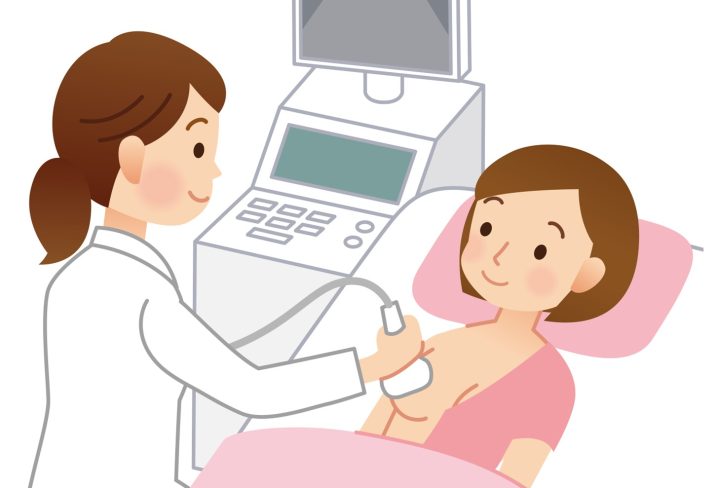A breast ultrasound is an imaging test to take detailed pictures of the inside of your breast. This painless procedure uses sound waves to help examine breast tissue and identify abnormalities. It can be especially useful for getting a closer look at areas that appeared unclear or abnormal on a mammogram.
Why Might You Need a Breast Ultrasound?
Investigate Abnormalities: If a mammogram shows an abnormal or unclear area, an ultrasound can provide a detailed look.
Lump Examination: Helps determine if a lump is fluid-filled (usually benign) or solid (which may require further testing).
Pain Assessment: Used to investigate specific areas of breast pain.
Dense Breast Tissue: For women with dense breast tissue, an ultrasound may be recommended in addition to a mammogram.
Young Women: Useful for women under 25 who may not yet be recommended for routine mammograms.
Biopsy Guidance: Ensures accurate tissue sampling during a biopsy.
What to Expect During a Breast Ultrasound?
During the procedure, a sonographer will apply a clear, water-based gel to your breast. They will then move a handheld device called a transducer over the breast to capture images. The transducer emits high-frequency sound waves that bounce off tissues and structures inside the breast, creating images on a computer monitor. The procedure typically takes about 15-30 minutes.
How to Prepare for a Breast Ultrasound?
Avoid wearing deodorant, lotions, or powders on your breasts on the day of the ultrasound as these can interfere with image clarity.
Wear comfortable clothing that is easy to remove from the waist up.
Limitations of Breast Ultrasound
Not a Mammogram Replacement: While ultrasounds are valuable, they do not capture microcalcifications, which are tiny deposits of calcium that can indicate early-stage breast cancer.
Focused Imaging: Ultrasounds primarily provide detailed views of specific areas and might miss abnormalities deep within the breast. Mammograms are still the best tool for a comprehensive breast examination.
When to Contact Your Doctor!
- Notice any new or changing lumps, dimpling, or other changes in your breast or armpit
- Experience nipple discharge, inversion, or skin changes on your nipples
- Suspect a breast implant rupture
A breast ultrasound is a valuable tool for examining breast tissue and can provide detailed information for diagnosis and treatment planning. Discuss the best approach for your individual situation with your doctor.
